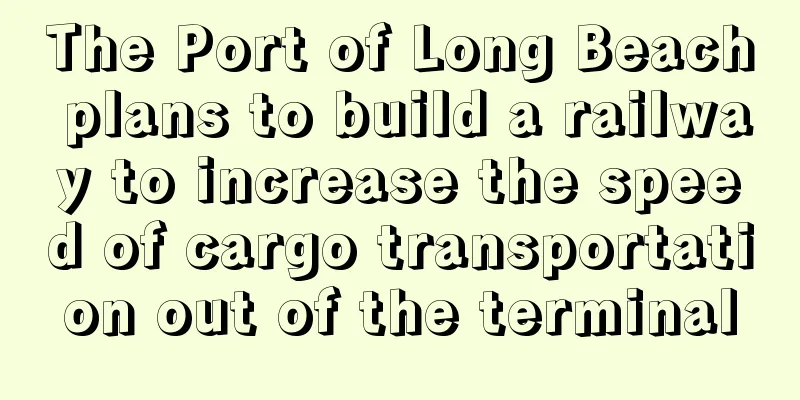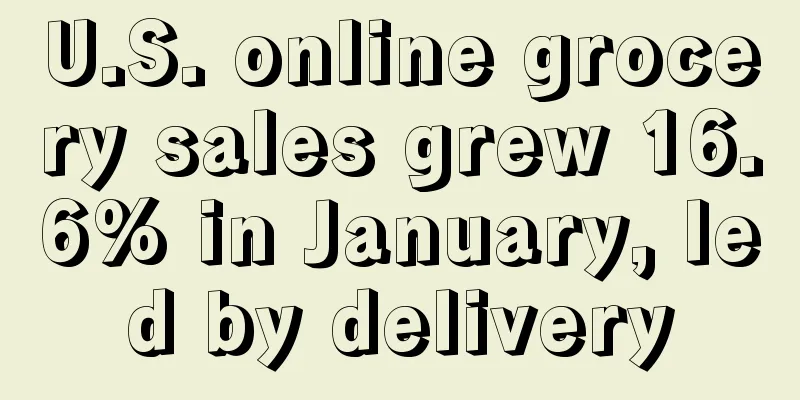The Port of Long Beach plans to build a railway to increase the speed of cargo transportation out of the terminal

|
It is learned that according to foreign media reports, the Port of Long Beach in the United States is embarking on a large-scale transformation of its rail freight yard to enable more cargo to be shipped out of the terminal by train and reduce the current number of diesel trucks. Last month, the U.S. Maritime Administration approved construction of rail support facilities at the terminal, a $1.5 billion project expected to take about 10 years to complete. The project aims to move 35% of imported containers from overseas out of the terminal by train. The new yard is the centerpiece of four rail projects at the Port of Long Beach aimed at moving cargo faster, more efficiently and more sustainably as an unprecedented surge in imports from Asia shows no signs of slowing. The Port of Long Beach and the neighboring Port of Los Angeles, which together make up the largest cluster of container ports in the U.S., are struggling with capacity constraints to handle the millions of containers that arrive each year. Currently, most containers bound for major inland U.S. consumer markets are hauled by truck to rail yards near downtown Los Angeles, causing more delays at nearby street intersections and, again, more pollution and lower efficiency. Los Angeles and Long Beach already handled a record number of import containers in the first quarter of the year, and shippers worried about new delays from China’s pandemic-related shutdowns and upcoming labor negotiations between dock unions and ocean carriers are moving as much cargo in as possible. While ports have made substantial progress in clearing the import container backlog that built up last fall, the so-called dwell time that containers spend on docks before being shipped to their destinations has started to climb again in recent months. Both Los Angeles and Long Beach reported last month that the number of containers in particular waiting to be loaded onto trains had reached alarming heights. Given the U.S. trade imbalance, where far more goods are imported than exported, that means equipment like rail cars pile up on one side of the country, leaving ports on the West Coast short. The expanded Long Beach rail yard will be able to stack more empty train cars and build more flexibility into the system to meet the needs of shippers and retailers, Erickson said. The problem is largely due to a lack of rail cars to load containers, which in turn is tied to congestion at the largest rail hub in the Midwest. At one of the busiest marine terminals at the Port of Long Beach, about half of the containers that needed to be put on trains in early April had been sitting there for more than nine days. The new freight yard will add five 2-mile train tracks, more than quadrupling the space to support the freight yard. More containers can be loaded directly onto cars at the port’s five track-equipped marine terminals. After being unloaded from ships, containers are moved to the yard where they can be assembled into trains according to their destination, more than doubling the number of trains ready to depart the port for the Midwest and Southern United States each day. The Port of Long Beach's finances improved last year when the federal government awarded it a $52.3 million grant to help finance the rail project, but that money is only a fraction of the $1.547 billion it expects to need to complete all the work over the next 10 years. While the entire project is not due to be completed until 2032, the first phase is expected to be finished by 2025 and will double the capacity of the freight yard. Editor✎ Ashley/ Disclaimer: This article is copyrighted and may not be reproduced without permission. |
Recommend
What free traffic is worth investing in during the peak season for small and medium-sized sellers on Amazon?
Amazon’s peak sales periods usually occur at diffe...
What is Hengnuo Intellectual Property? Hengnuo Intellectual Property Review
Hengnuo Intellectual Property Agency Co., Ltd. was...
What is Meesho? Meesho Review
Meesho is an Indian social media e-commerce platfo...
The blocked accounts of big sellers have been restored, but the logistics problems of small sellers are out of control!
Last month, the suspension of sales of several big...
What is White Whale? White Whale Review
BaiJing Chuhai is a comprehensive service platform...
A sign of a new round of crackdowns! Amazon's new policy hits sellers hard, forcing them to "do charity"?
▶ Video account attention cross-border navigation ...
What is Kimberly Clark (China) Co., Ltd.? Kimberly Clark (China) Co., Ltd. Review
Kimberly-Clark began its business development in C...
Big news! The date of Amazon Prime Day 2020 may have been confirmed!
Earlier, Amazon announced that it would launch a B...
A new type of fake order impacts Amazon! AI evaluation makes people laugh and cry
A ridiculous thing broke out on the Internet these...
Wangyi Chronicles: ACOS is getting smaller and smaller with each refresh, and the recommended price for flash sales is suddenly lowered?
It is learned that according to data from Adobe An...
How can Amazon FBA sellers improve their IPI scores?
In July 2018, Amazon introduced a new metric to F...
How cruel! Daily life of cross-border e-commerce people exposed
What is it like to work for Amazon? I believe tha...
FBA warehouses urgently evacuated! Amazon is reported to be planning to build an independent website!
Yesterday, foreign media broke the news that a ha...
A large number of Amazon sellers have lost a lot of keywords! Bug or algorithm adjustment?
As the year-end sales are approaching, Black Frida...
US startup Rivian completes $2.5 billion in financing! Amazon leads the investment!
It is learned that recently, the US electric vehic...









